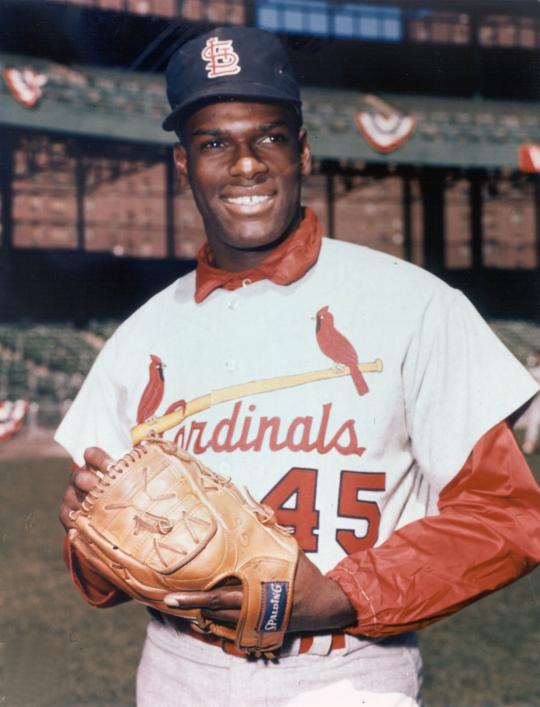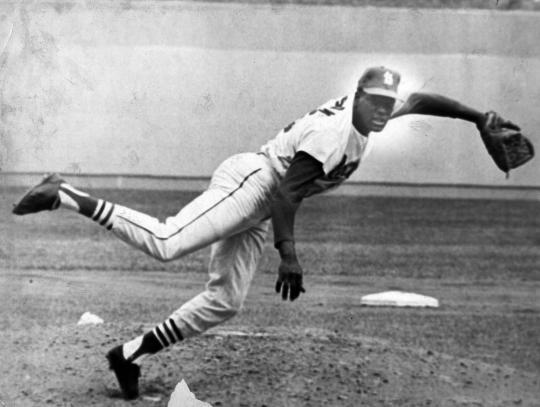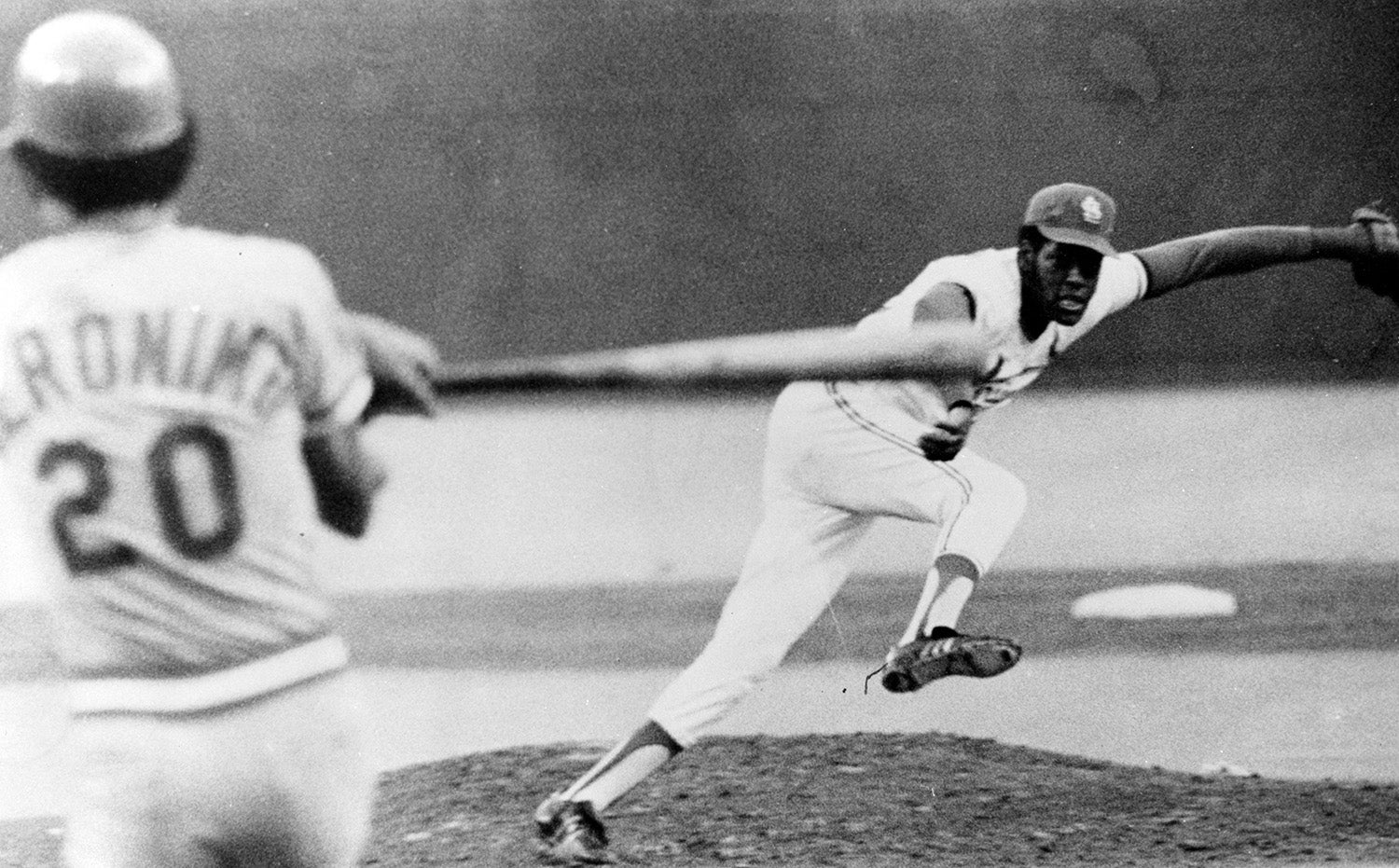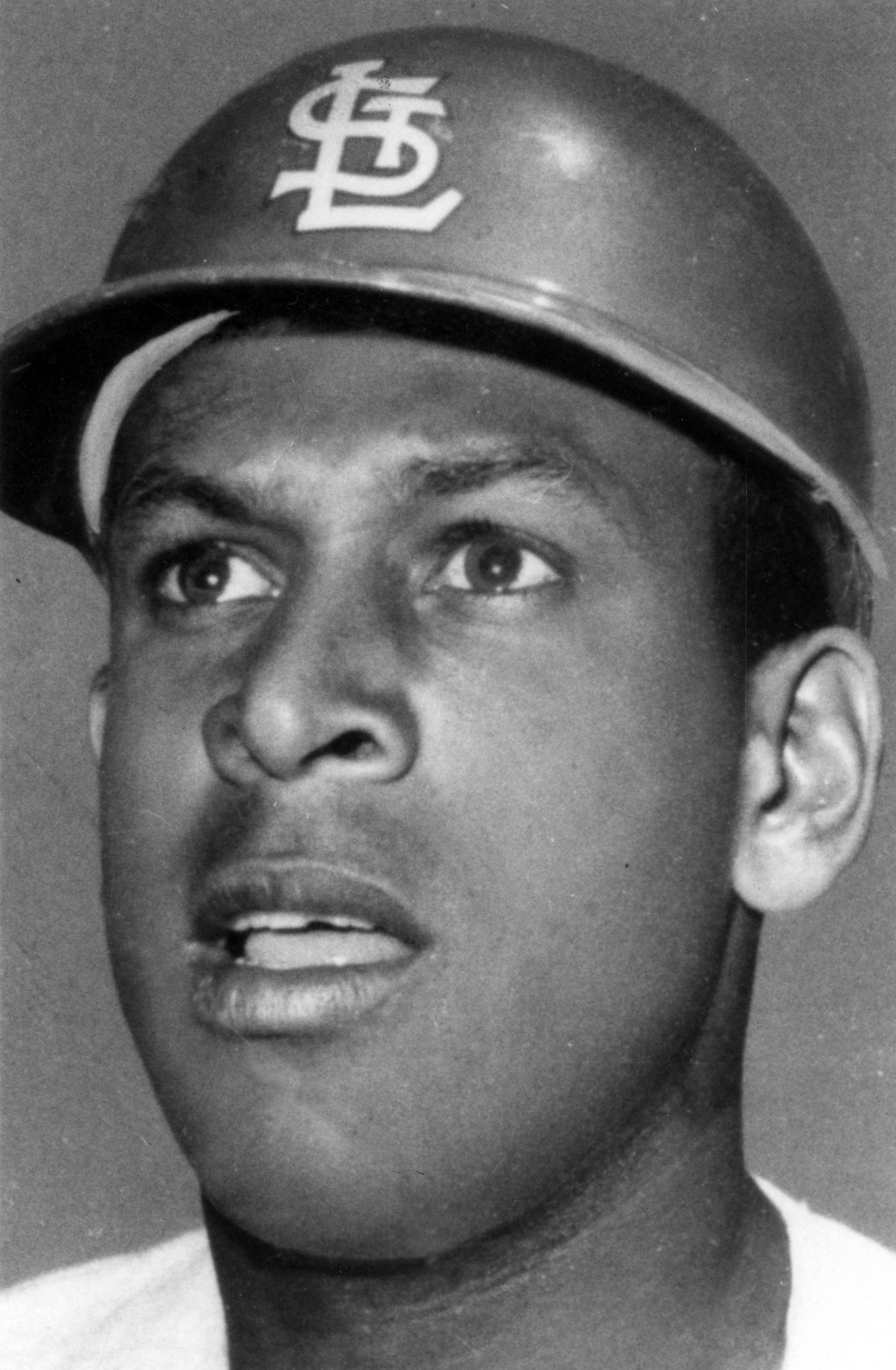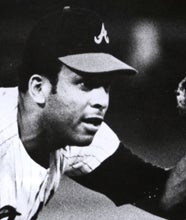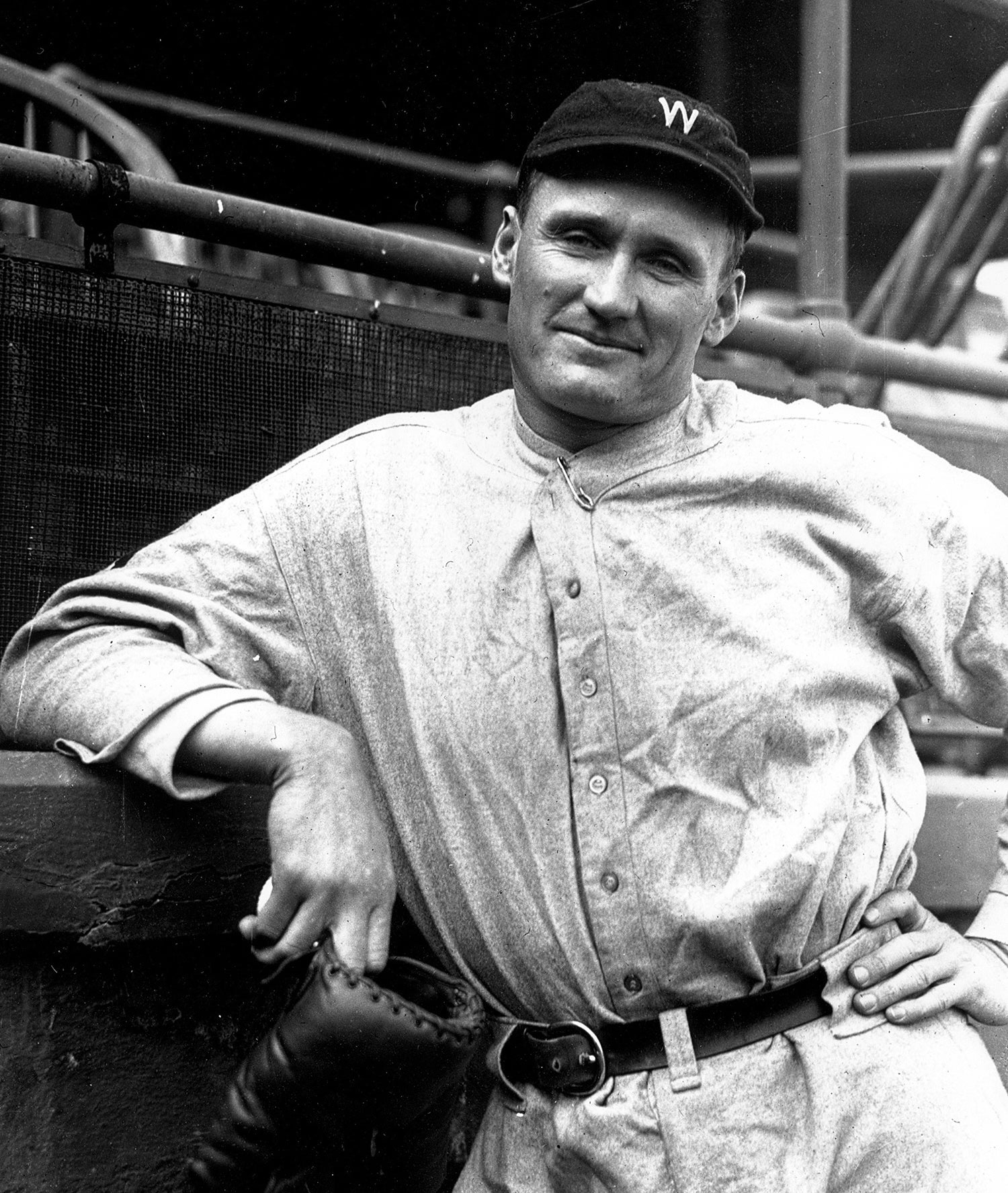- Home
- Our Stories
- Gibson completes fantastic 1968 season with NL MVP honors
Gibson completes fantastic 1968 season with NL MVP honors
Bob Gibson appeared in fewer than 21 percent of the St. Louis Cardinals regular season games in 1968.
But when the Baseball Writers’ Association of America announced the results of the National League Most Valuable Player voting on Nov. 13 of that year, it was clear that Gibson’s 34 games meant more than anyone else’s.
Cardinals Gear
Represent the all-time greats and know your purchase plays a part in preserving baseball history.
Gibson was named the NL MVP that day following a season for the ages on the mound. He posted a 1.12 earned-run average – the lowest in the Live Ball Era – winning 22 games while somehow losing nine and striking out a league-best 268 batters. Gibson also recorded 13 shutouts among his 28 complete games, leading the Cardinals to the NL pennant in the final season before divisional play began.
“It’s great,” Gibson told the St. Louis Post-Dispatch while on tour in Japan with the Cardinals. “It’s just great because pitchers don’t usually win MVP awards. I’ve got to thank everyone on the team because they all helped me have a good year.”
The Cardinals and Gibson lost to the Tigers in a thrilling seven-game World Series, but that hardly put a damper on what might have been the most dominant pitching season since the end of World War I. Gibson started at least twice against every other NL team – and against four of the nine squads (Atlanta, Cincinnati, Houston and Philadelphia), his ERA was less than 1.00. The Dodgers hit Gibson best, tallying eight earned runs over 34 innings – giving Gibson a 2.12 ERA in those games.
Over his last 25 starts of the season, Gibson posted 23 complete games and all 13 of his shutouts. In that stretch, Gibson never worked fewer than eight innings per start.
In an award that was almost an afterthought, Gibson also won the National League Cy Young Award in unanimous fashion.
“He carried the whole team,” said Cardinals teammate Orlando Cepeda, who won the NL MVP Award in 1967. “He should get all the awards that are presented.”
In response to Gibson’s success in 1968 – along with dominant seasons by dozens of other pitchers – Major League Baseball instituted several rule changes for 1969, including the lowering of the pitching mound. Gibson responded with another 28 complete games that year, going 20-13 with a 2.18 ERA and 269 strikeouts. In 1970, Gibson won his second Cy Young Award by going 23-7 with a 3.12 ERA and a career-best 274 strikeouts.
Gibson retired following the 1975 season with a career record of 251-174 and a 2.91 ERA. He finished with 3,117 strikeouts, becoming just the second pitcher – after Walter Johnson – to top the 3,000 mark.
He was elected to the Hall of Fame in 1981.
Craig Muder is the director of communications for the National Baseball Hall of Fame and Museum

